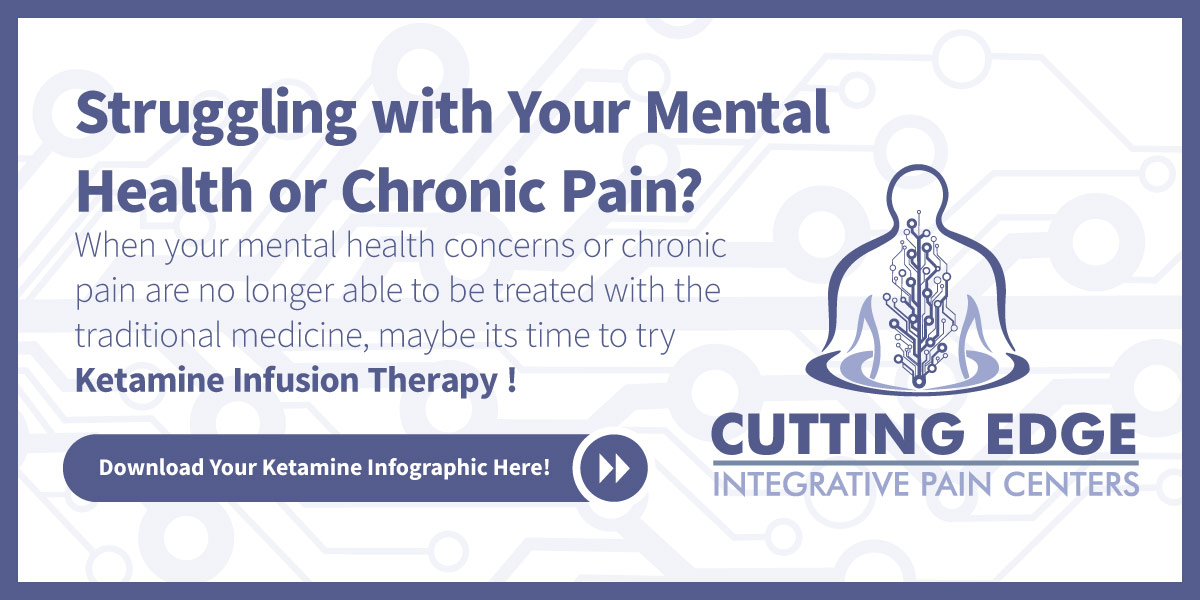Depression can severely impair a person’s ability to conduct basic activities in life, it can lead to substance abuse, and affects you at work and in your personal relationships. For some, standard depression treatments, such as antidepressants, just don’t work, but brain stimulation, such as Repetitive Transcranial Magnetic Stimulation (rTMS), may be the answer.
Interested in learning about the Benefits of TMS? Click Here
What Is Repetitive Transcranial Magnetic Stimulation?
Repetitive Transcranial Magnetic Stimulation (rTMS or TMS – both terms are interchangeable) is FDA approved to treat severe depression when other forms of antidepressants and treatments do not work. This therapy uses magnetic pulses to target specific areas of the brain, typically towards the front part called the prefrontal cortex.
TMS may be the best option for you if you have tried other depression methods, and it has not been successful. Also, another reason is if your health doesn’t enable you to go through procedures like Electroconvulsive Therapy (ECT), especially if you have a history of seizures or can’t tolerate anesthesia. ECT is when electrical pulses are sent through the brain to induce a seizure. Unlike ECT, TMS does not require you to be under anesthesia and does not induce a seizure.
How does rTMS Work and is it Safe?
Most TMS treatment sessions can last anywhere from 30 minutes to an hour, and you would do this about 5 times a week. The treatment typically lasts between 4 to 6 weeks (about 1 and a half months), but it all depends on the patient’s response.
At a typical TMS treatment session, you will sit or recline while the doctor places a special electromagnetic coil near your head in a specific area that regulates mood, typically towards the front, but some doctors may place the coil in different areas of the brain. Then the coil generates magnetic pulses in your brain to produce an electrical current in your nerve cells. It may feel like the pulse is knocking or tapping your head, but that is perfectly normal. After the procedure, there will be no recovery periods, so you can resume your normal regular activities.
Some people have reported mild symptoms with this procedure including face tightening, tingling in the face jaw, or scalp, lightheadedness, mild headache, temporary hearing problems, and a small risk of seizures.
Who cannot get TMS therapy?
Even though TMS does not really have many side effects, there are still certain people who should not get this treatment. Those who should not get TMS includes those with
-
- aneurysm clips or coils
- bullet fragments or shrapnel near the head
- stents in the neck or brain
- cardiac pacemakers or implantable cardioverter defibrillators (ICD)
- facial tattoos that have magnetic ink or ink that’s sensitive to magnets
- implanted stimulators
- metal implants in the ears or eyes
- Other metal objects implanted in or near the head
A doctor should conduct a thorough exam of the patient to disclose any risk factors to keep you safe.
How can I get TMS Treatment?
If you have tried other forms of antidepressants and nothing has worked for you so far, try Repetitive Transcranial Magnetic Stimulation. At Cutting Edge Health TMS is one of the procedures we offer for treating depression. If you want a treatment that does not require anesthetics or sedations, has few side effects, and has no recovery period, schedule your appointment today.


